Apple's new iPhone 11 has a a double-decker logic board and two rear cameras inside what is effectively a similar design to the 2018 iPhone XR, though there is little evidence of bilateral wireless charging.
Following after a teardown of the iPhone 11 Pro, the disassembly of the iPhone 11 by iFixit provides a look inside the smartphone, and shows it to be quite similar to its predecessor, the iPhone XR. Like the old model, the inside of the iPhone 11 has a single-cell battery and a similar internal arrangement, albeit with some changes.
To crack open the iPhone 11, it goes through the same heating, slicing, and prying procedure as the iPhone XR, with cables aligned to one side in a similar manner to the iPhone 11 Pro range. While swapping the display can be done by users, performing the feat without Apple's special tools disables True Tone.
A key difference is the replacement of the old single-layer logic board for a double-decker design borrowed from the iPhone 11 Pro, allowing more components to be squeezed into place. The board includes the A13 Bionic system-on-chip with 4GB of SK Hynix memory layered beneath, as well as chips believed to be used for storage and another possibly being Apple's new U1 wireless positioning chip.
While the battery is simpler in construction than the version in the iPhone 11 Pro, the unit is held in place with six adhesive strips, as well as requiring the removal of the Taptic Engine and the loudspeaker, a process the repair firm claims is harder than the Pro models. The battery itself is said to be slightly smaller than the iPhone XR's version, but holds 7% more power with a capacity of 3,110mAh.
The Pro models included a second connector on the battery that could feasibly be used for bilateral wireless charging, if such a feature was included by Apple and not abandoned according to rumor. The single connector on the iPhone 11's battery seemingly suggests the model wasn't destined to have the feature, even if it did arrive in the iPhone 11 Pro and Max.
A later x-ray of the rear casing doesn't provide any extra clues about bilateral wireless charging. While the included coil could have been made a small amount larger to accommodate the extra components required for it to function, a bigger battery and the thermal management required is not present in the model.
Further exploration of the dual camera unit shows two different-sized sensor modules. An x-ray image of the sensors reveals the wide-angle module has optical image stabilization, while the ultra-wide version does not have that functionality.
The iPhone 11 has been given a "repairability" score of 6 out of a possible 10, the same as for the iPhone XR. The prioritized display making replacement easier and the ability to swap screens without changing much hardware or affecting Face ID are seen as positives for the device.
At the same time, the front and black glass are seen as negatives, doubling the chances of breakage, with the rear glass only able to be replaced with a full case swap. The high IP rating has mixed results, as while it provides better protection it also means repairs are slightly more complicated. Also a middling issue are the use of tiny proprietary screws, which are seen as "hostile to repair," but still better than adhesive.
 Malcolm Owen
Malcolm Owen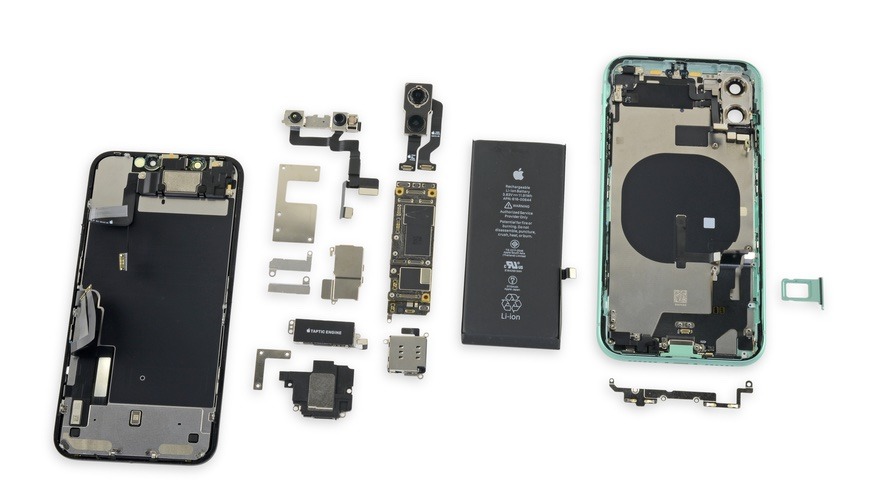







-m.jpg)






 Chip Loder
Chip Loder
 Wesley Hilliard
Wesley Hilliard
 Marko Zivkovic
Marko Zivkovic

 Christine McKee
Christine McKee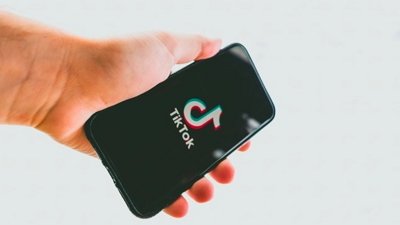
 Amber Neely
Amber Neely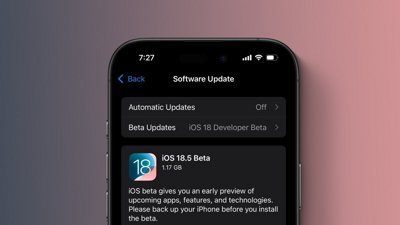

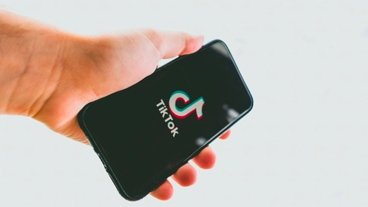
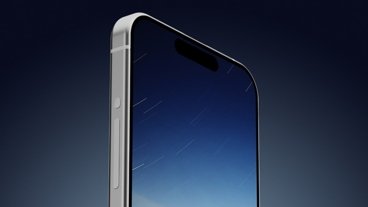






6 Comments
Has an entirely new SoC, has a new motherboard design, has new optics, has new harder materials...difficult for me to say “it’s an XR update” vs saying “it’s a new device" or "it's an 11”. If the 11 is not an 11 but is instead a XR update, then what defines a new device? It’s apparently not the processor, the motherboard, the camera, or the materials...so what then? A different shell design? The shell design determines whether something is a new device or an update to the prior? If it is "an XR update", then really every single iteration is an update to the prior (as they are in that sense).